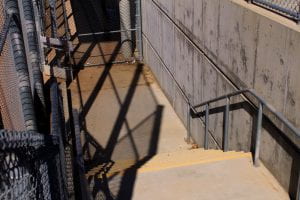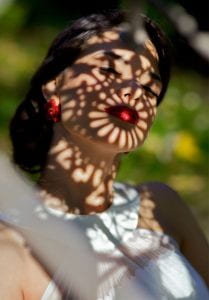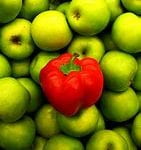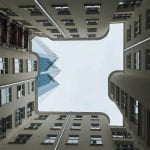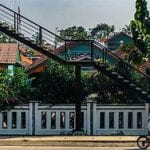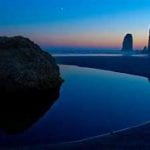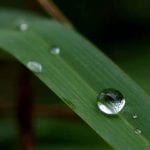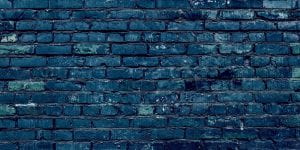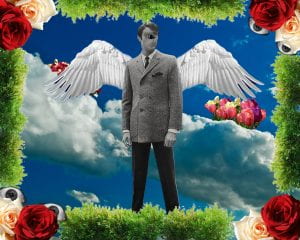
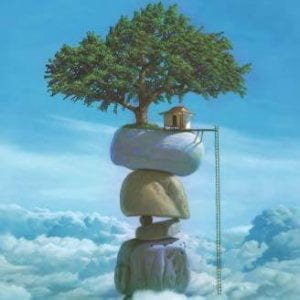
Surrealism is when a picture has elements of real object but are put into unusual places which can make it seem like a dream of some sort. This picture is a great representation of surrealism. This photo has many objects that would mostly not go together. The picture takes place in the sky above a group of clouds. There’s a little hut on top of rocks and a ladder leading down. The tree is covering the hut with some sort of shade. The picture has great shadow, and it makes it look realistic. I chose this photo because it would be something that would pop into a dream. The round rock in the center of all the other rocks is also eye catching for me because how it’s balancing and keeping everything up. This picture is just really interesting and its fascinating how someone would come up with this. (Art Work of Paul Bond)
